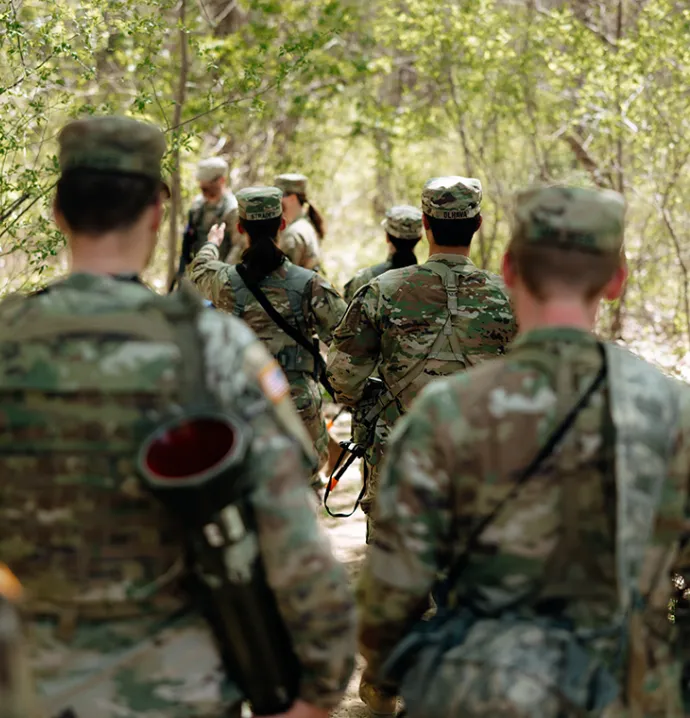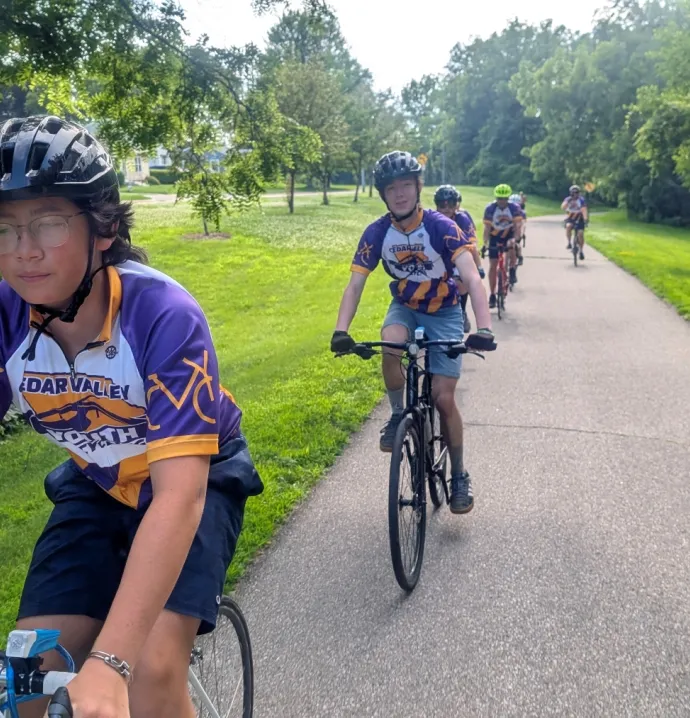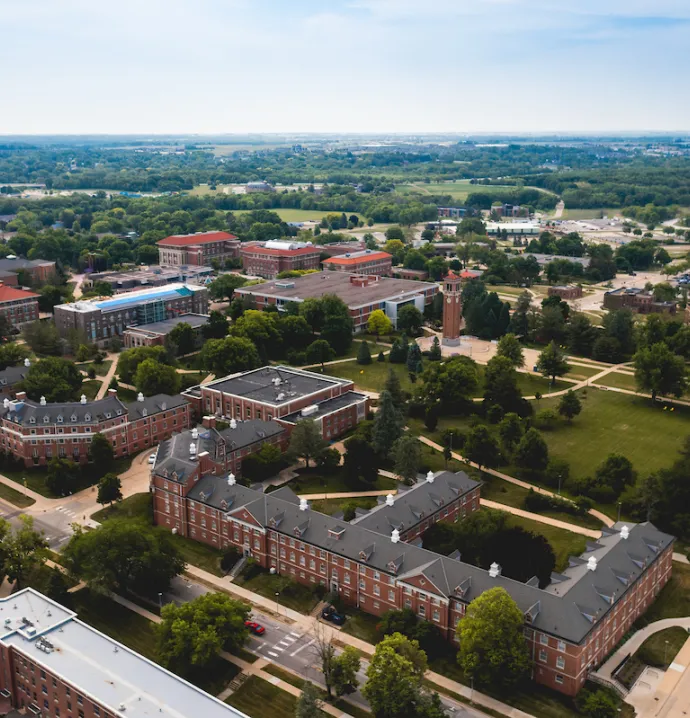Underground Iowans
Underground Iowans
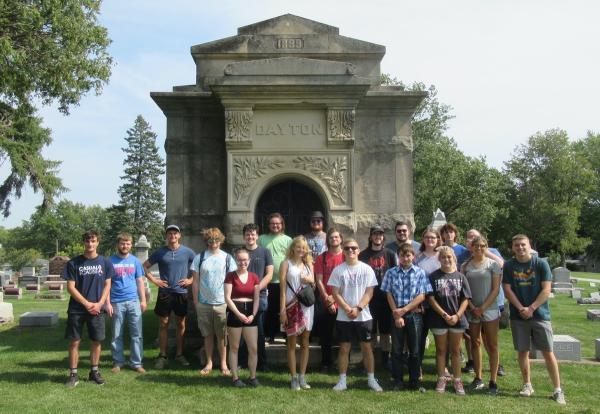 Through a project led by Associate Professor of History Thomas Connors, the public will soon have the chance to learn about how famous Iowans shaped history and changed society.
Through a project led by Associate Professor of History Thomas Connors, the public will soon have the chance to learn about how famous Iowans shaped history and changed society.
The project, dubbed Underground Iowans, will also draw attention to the richest historic landscapes in most communities: cemeteries.
Working from a database of 500 names and identified graves in both cities and rural areas, Connors and students in the history department will work to create a map marking the graves of notable Iowans across the state. They’re also partnering with director of the GeoTREE Center, John DeGroote, and his students to develop and populate an app with the information gathered.
Connors explained the history students will conduct the fieldwork and historical research, while the GeoTREE students will handle the digital and technical work.
 The idea behind Underground Iowans, Connors said, is to identify new landmarks and make them accessible to the public – work that encourages appreciation for Iowa’s rich history while enabling students to participate in hands-on research.
The idea behind Underground Iowans, Connors said, is to identify new landmarks and make them accessible to the public – work that encourages appreciation for Iowa’s rich history while enabling students to participate in hands-on research.
“That’s the point,” Connors said. “To break through the walls of the classroom and engage students not only in the community, but around the whole state.”
He added that other benefits to students being involved in the project include experiencing new technologies and learning how to apply research in ways that impact the public.
According to DeGroote, students from GeoTREE also benefit from being part of Underground Iowans because it’s real-world experience that will translate into their future careers.
“These are technology skills that are very valued out in the world when people are looking for jobs, even if it’s not going to be the main part of their job, but just to have some skills helps them,” he said.
 One such student is senior in geographic information science Casey Shanaberger, who’s developed an app prototype for the Underground Iowans project and helped from a mapping standpoint.
One such student is senior in geographic information science Casey Shanaberger, who’s developed an app prototype for the Underground Iowans project and helped from a mapping standpoint.
“I plan on going into something GIS-related in the future, and this – working for GeoTREE – provides some much-needed real world experience that will benefit me down the road,” he said.
To support the project, Connors and DeGroote applied for and received UNI’s Capacity Building Grant, which will be used for student salaries or travel expenses. By the end of the summer, the team plans to have created a pilot app including information on approximately 100 graves, helping tourists to plan routes and guide them to particular graves, while also telling stories of the individuals buried there through images and prose.
Iconic figures like artist Grant Wood, jazz musician Bix Biederbecke and Amelia Bloomer, an early suffragist, editor and social activist, will be represented, but so will lesser-known people like sand bottle artist Andrew Clemens, Native American activist Maria Pearson and Iwo Jima flag-raiser Harold Keller.
“It’s surprising some of these people you find,” Connors said, pointing to other names such as circus performer Felix Adler and Glen Buxton, the former lead guitarist for the rock band Alice Cooper.
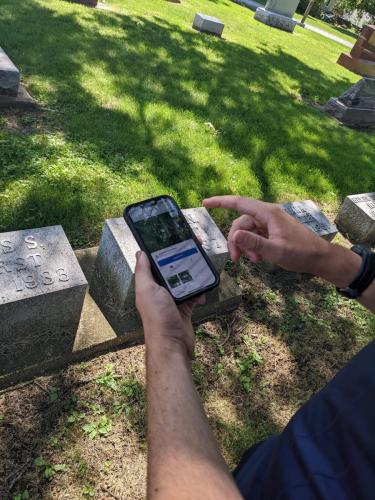 Above all, Connors hopes the Underground Iowans project will help more people be remembered and serve as a resource for the state and its visitors.
Above all, Connors hopes the Underground Iowans project will help more people be remembered and serve as a resource for the state and its visitors.
“By telling the stories of individuals who made significant cultural and social contributions, Underground Iowans will engage the public in our past, giving them the opportunity to ponder and investigate the experiences of Iowans who left a mark on our world,” Connors said.
And, Connors continued, the project will give Iowans an accessible resource to appreciate the breadth of the state’s past as can be found in the quietest corners of its cities, towns and countryside.
He added, “The app will ultimately demonstrate how UNI integrates its expertise in the humanities and new technology to create resources that directly benefit the people of Iowa and beyond.”


